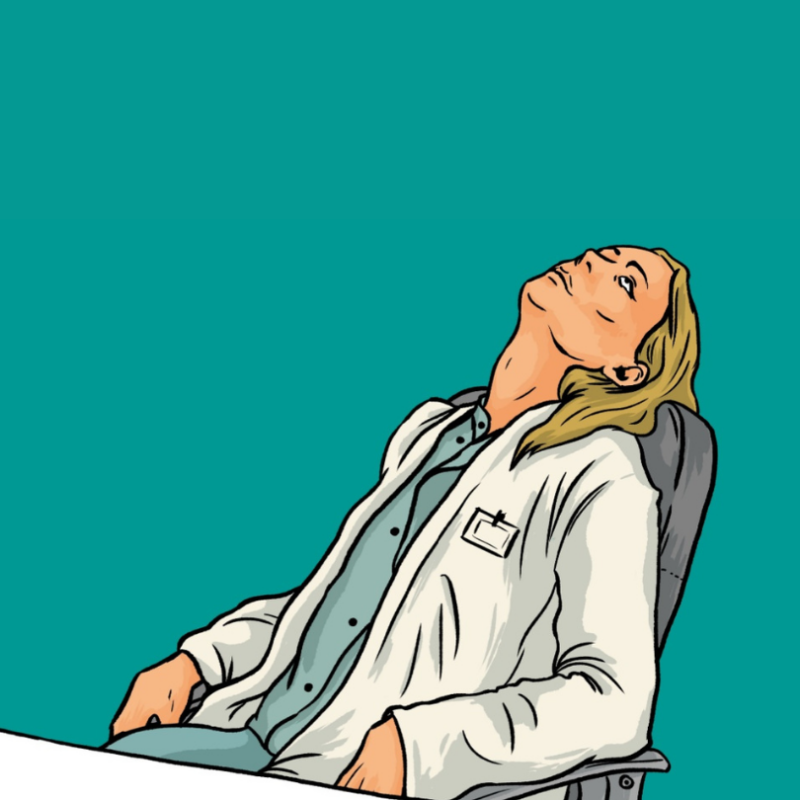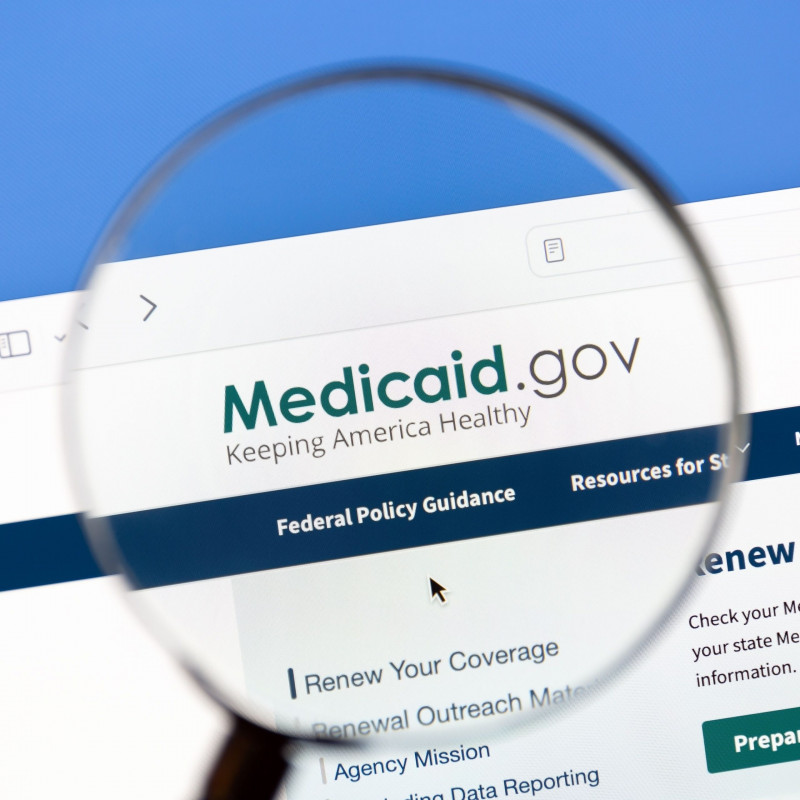
Access to health care in Michigan: A brief for legislators
The Center for Health and Research Transformation (CHRT) has released an issue brief focused on access to health care. The brief, titled “Access to Health Care in Michigan,” describes barriers that affect health care access in the state. Health insurance coverage is a central element improving access to care, but insurance coverage alone is not sufficient to ensure access. This …
Read more >
85% of Michigan physicians blame admin burden for rising stress and burnout
Physician burnout is a critical issue threatening both the stability of Michigan’s healthcare workforce and the quality of care that Michiganders receive. It is also a driving force behind staff turnover and decreased productivity in the state. These issues extend beyond staffing concerns, impacting both the quality and experience of care. Research has found clear links between physician burnout and …
Read more >
When Doctors ask patients about social needs, do they know where to send patients for help?
Since 2018, the Center for Health and Research Transformation (CHRT) has been surveying primary care physicians (PCPs) across Michigan about their experiences screening patients for health-related social needs and referring them to community-based resources for support. In this report, we examine how social needs screening and knowledge about where to refer patients has changed from before the pandemic (2018), to …
Read more >
The benefits of dental health
Increasingly, researchers are illuminating the benefits of dental health. Oral health impacts overall health and dental care is vitally important to curb chronic conditions and improve the systemic health of patients. In this publication by CHRT and Blue Cross Blue Shield of Michigan, CHRT’s health policy team analyzes peer-reviewed clinical research to understand the benefits of dental health for whole …
Read more >
Michigan Medicaid: A primer
Michigan’s Medicaid program provides health insurance coverage for many low-income children and adults. It is a powerful tool for improving the health of Michiganders. In June 2024, over 2.6 million of Michigan’s 10 million residents were enrolled in Medicaid: 1.7 million adults and 946,314 children. Most of Michigan’s Medicaid costs —over 65 percent in 2024—are paid for by the federal …
Read more >
Healthcare workforce shortages in Michigan: Recommendations for recruiting and retaining talent
Like the rest of the nation, Michigan is experiencing severe workforce shortages, exacerbated by the COVID-19 pandemic. One 2023 survey showed that 86 percent of physician practices in the state reported declines in staff since the COVID-19 pandemic and another showed 27,000 hospital job openings in early 2023 – a 13 percent vacancy rate. Nearly all health roles are expected …
Read more >
Supporting direct care workers in Michigan: Strategies from other states
Direct care workers (DCWs) provide long-term care services to vulnerable populations—largely older adults and people with disabilities—and often help keep people in their homes. Medicaid is the largest payer for long-term care services, many of which are provided by DCWs. According to the 2024 Michigan Healthcare Workforce Index, Michigan’s home health aides, personal care aides and nursing assistants have some …
Read more >
Addressing the behavioral health crisis in Michigan: Strategies for enhancing access and coverage
Michigan faces significant challenges in providing adequate behavioral health services, a crisis that has only grown since the COVID-19 pandemic. A substantial portion of adults in Michigan suffering from mental illness and substance use disorders are not receiving necessary treatment. This is attributed to a lack of access to services, even for those with insurance coverage. Coverage varies significantly by …
Read more >
Concerns about Medicaid redetermination in Michigan: Insights from physicians
In March 2023, with the end of the Public Health Emergency initiated under the Covid 19 pandemic, Michigan reinstated redeterminations for Medicaid eligibility, resulting in the disenrollment of over 687,000 residents as of February 2024—82% of which were due to missing documentation or missed notifications. The Center for Health & Research Transformation (CHRT) surveyed Michigan physicians to gauge their concerns …
Read more >
Reducing maternal mortality: Addressing health-related social needs during prenatal visits
Work must be done to reverse maternal mortality trends in Michigan and other states. In Michigan, maternal mortality rates surpass the national average and recent estimates suggest that 80 percent of maternal deaths in the United States are preventable. Further, there are stark racial disparities in maternal health, with Black individuals experiencing a 2.6 times higher likelihood of dying from …
Read more >